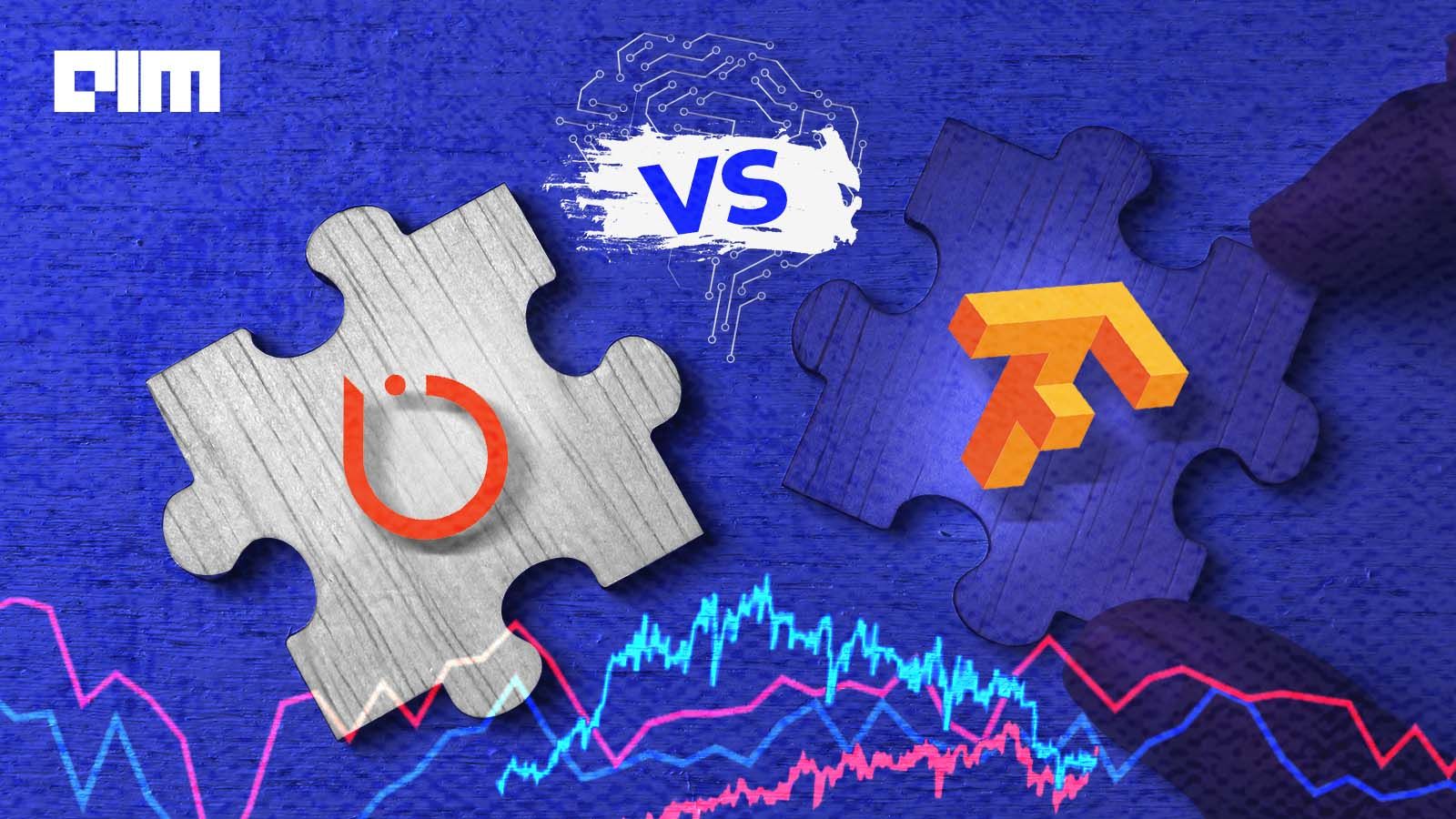Archives for MNIST


The autoencoder is a specific type of feed-forward neural network where input is the same as output.
The post Guide to Autoencoders, with Python code appeared first on Analytics India Magazine.
Neural Networks are a series of algorithms that imitate the operations of a human brain to understand the relationships present in vast amounts of data. Each “neuron” present in a neural network can be defined as a mathematical function that collects and classifies information according to the specific architecture. The network, in general, comprises interconnected…
The post Guide to Feed-Forward Network using Pytorch with MNIST Dataset appeared first on Analytics India Magazine.
Neural Networks are a series of algorithms that imitate the operations of a human brain to understand the relationships present in vast amounts of data. Each “neuron” present in a neural network can be defined as a mathematical function that collects and classifies information according to the specific architecture. The network, in general, comprises interconnected…
The post Guide to Feed-Forward Network using Pytorch with MNIST Dataset appeared first on Analytics India Magazine.
Neural Networks are a series of algorithms that imitate the operations of a human brain to understand the relationships present in vast amounts of data. Each “neuron” present in a neural network can be defined as a mathematical function that collects and classifies information according to the specific architecture. The network, in general, comprises interconnected…
The post Guide to Feed-Forward Network using Pytorch with MNIST Dataset appeared first on Analytics India Magazine.
Avalanche is an open-source Python library for quick prototyping, training, evaluation, benchmarking & deployment in Continual Learning tasks
The post Guide to Avalanche: A Python Library for Continual Learning appeared first on Analytics India Magazine.
ODE2VAE, a representation learning model, achieves state-of-the-art performance in long-term motion prediction and imputation tasks
The post Guide to ODE2VAE For Long-Term Motion Prediction appeared first on Analytics India Magazine.


In today’s article, we’ll be talking about the very basic and primarily the most curated datasets used for deep learning in computer vision.To show the performance of these neural networks some basic preprocessed datasets were built, namely the MNIST and its variants such as KMNIST, QKMNIST, EMNIST, binarized MNIST and 3D MNIST.
The post 6 MNIST Image Datasets That Data Scientists Should Be Aware Of (With Python Implementation) appeared first on Analytics India Magazine.
To start with CNNs, LeNet-5 would be the best to learn first as it is a simple and basic model architecture. In this article, I’ll be discussing the architecture of LeNet-5 which is the very first convolutional neural network to be built.
The post Complete Tutorial On LeNet-5 | Guide To Begin With CNNs appeared first on Analytics India Magazine.


In this article, we will build an automatic sudoku solver using deep learning, OpenCV image processing and backtracking.
The post Solve Sudoku Puzzle Using Deep Learning, OpenCV And Backtracking appeared first on Analytics India Magazine.

